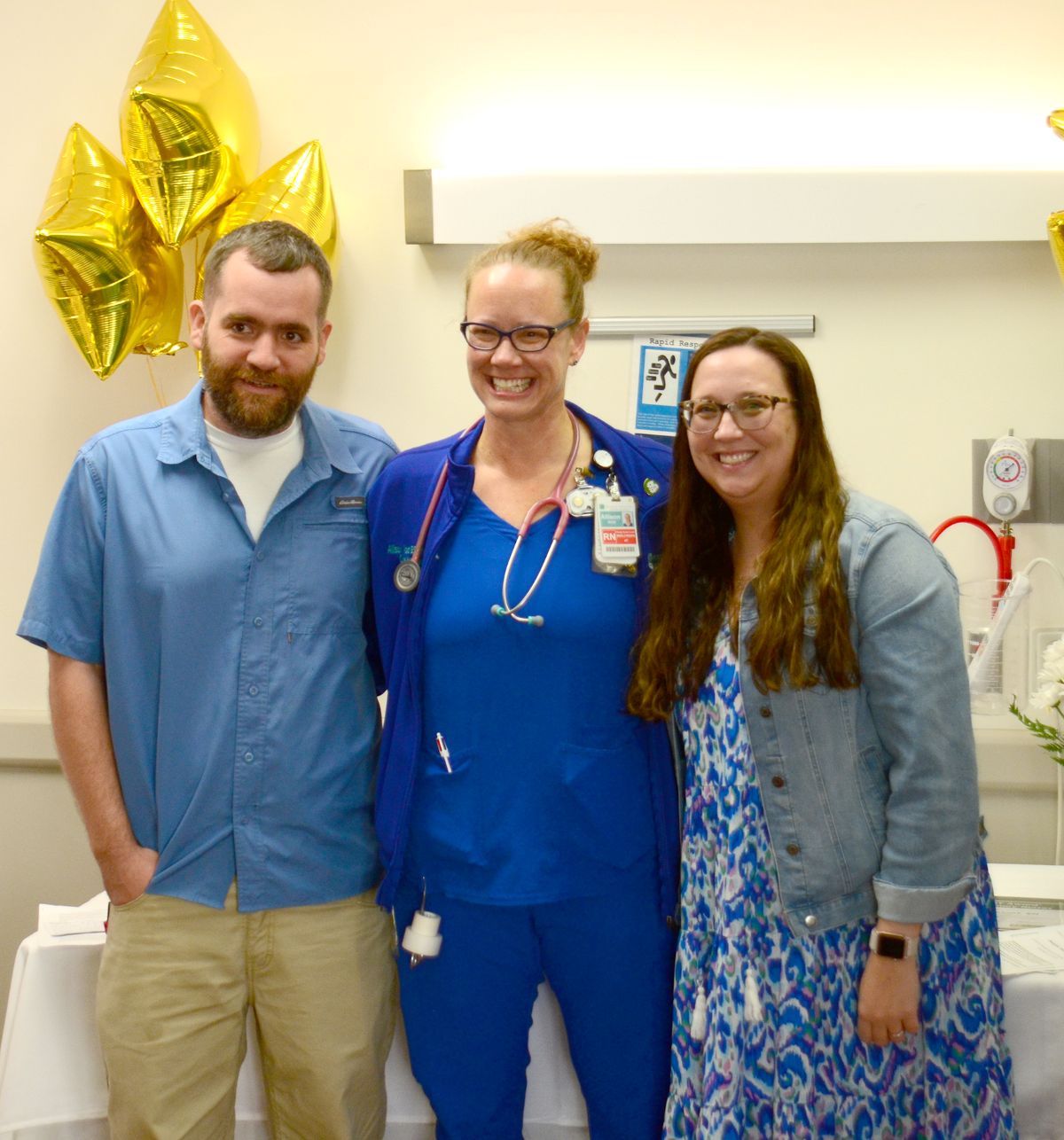
Cardiovascular diseases (CVD) are one of the leading causes of death in our country—on average, someone in the United States dies of CVD every 34 seconds, reports the American Heart Association. These diseases include heart attacks, stroke, congestive heart failure, heart rhythm disorders, sudden cardiac death, coronary artery disease, congenital heart disease and vascular diseases.
Beaufort Memorial Heart Specialists cardiologist Francis O’Neill, M.D., board-certified in internal medicine and fellowship-trained in cardiovascular medicine and interventional cardiology, noted that there are five simple ways to dramatically reduce your risk of cardiovascular diseases.
Know your family history. There is an old saying: “you can pick your friends, but you can’t pick your family.”
“A strong family history of CVD, especially at a young age (earlier than age 60 for women and 50 for men), is a major warning sign that you are at high risk for CVD,” Dr. O’Neill said. “Understanding that history can help guide lifestyle changes to reduce your risk.”
Know your risk factors. Beyond family history, it’s important to be aware of risk factors you may have.
“Do you have diabetes, hypertension, high cholesterol or obesity? Do you smoke or have a chronic inflammatory condition such as rheumatoid arthritis, lupus or other autoimmune disease?” Dr. O’Neill asked. “If so, you’re at higher risk for CVD.”
Smoking is a major risk factor, too, he pointed out. You can reduce your risk of CVD by a significant amount in just a year’s time by quitting (plus, think of the money you’ll save by not buying all those cigarettes!).
Exercise on a regular basis. The importance of regular exercise can’t be overstated.
“Whether you have risk factors or not, this will dramatically reduce your risk of hypertension, diabetes and CVD,” Dr. O’Neill explained. “Thirty minutes three to four times a week is all it takes.”
Eat a healthy diet. Obesity is a major epidemic in this country and significantly increases the risk of CVD.
The Mediterranean diet is recommended by the American Heart Association and the American College of Cardiology and includes lots of heart-healthy foods.
“It’s great for people with hypertension, diabetes, CVD and those who want to lose weight and keep the weight off,” Dr. O’Neill said. “Plus, it’s simple and easy to follow.”
Know the symptoms. Symptoms of CVD include chest pain or discomfort, especially with activity, shortness of breath, unexplained fatigue, arm pain with exertion, back pain with exertion or jaw pain.
Other symptoms may include dizziness, palpitations, and leg pain.
“If you have a family history, other risk factors, or have any of the above symptoms, please see your primary care physician as soon as possible to address these issues,” Dr. O’Neill said.
If you take these five simple steps, you are on your way to a much healthier lifestyle and a dramatic reduction in your risk of developing CVD.












